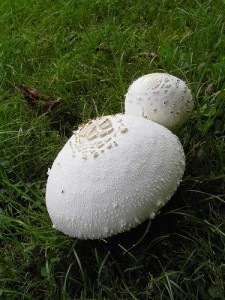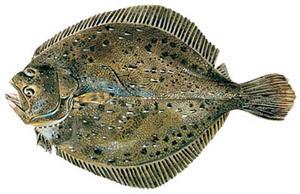White Mushrooms Sizes
Known scientifically as Agaricus bisporus, the white mushroom is a type of edible basidiomycete that is native to the grasslands in North America and Europe. Today, it is cultivated in over 70 nations all over the world. As a highly nutritious food, it is rich in B vitamins and Vitamin D. Furthermore, it contains high levels of antioxidants and conjugated linoleic acid. In addition to these highly important details, there are other interesting things to find out about it including the white mushroom sizes.
the white mushroom is a type of edible basidiomycete that is native to the grasslands in North America and Europe. Today, it is cultivated in over 70 nations all over the world. As a highly nutritious food, it is rich in B vitamins and Vitamin D. Furthermore, it contains high levels of antioxidants and conjugated linoleic acid. In addition to these highly important details, there are other interesting things to find out about it including the white mushroom sizes.
The Sizes of White Mushrooms
The average diameter of white mushrooms is 2 to 4 inches or 5 to 10 centimeters. Meanwhile, the stipe or stem comes in the form of a cylinder, which can grow up to 6 centimeters or 2.36 inches. The width is usually 1 to 2 centimeters or 0.39 to 0.79 inches.
Additional Facts and Other Interesting Details
The white mushroom is also known by other names like Portobello mushroom, table mushroom and common mushroom. It was first described in 1884 as a variety of Agaricus campestris. In 1926, a Danish mycologist named Jakob Emanuel Lange described it as Psalliota hortensis. Later on, it was promoted to species status in 1938, when Moller and Shaffer called it Psalliota bispora. In 1946, it was renamed Agaricus bisporus by Emil J. Imbach, after the genus Psalliota was changed to Agaricus.
When the flesh has a color light brown or pale white, this type of mushroom is usually called white mushroom or button mushroom. Once the flesh darkens, people refer to it as brown mushroom, portabellini and crimini mushroom. Furthermore, it also has a French name, which is champignon de Paris.
Aside from Vitamin D, white mushrooms are excellent sources of Vitamin B. Likewise, they also contains high levels of valuable nutrients such as phosphorus, potassium and sodium. Antioxidants and conjugated linoleic acid are also found in Agaricus bisporus. The City of Hope National Medical Center in California conducted clinical trials on the ability of common mushrooms to inhibit a certain element called aromatase, which can eventually reduce the levels of estrogen in the bodies of humans. Furthermore, it can also limit the susceptibility of people, especially of women, to develop breast cancer.
Modern scientific findings also show that table mushrooms have certain properties that can enhance the immune system. More importantly, these reports showed how they improve the dendritic cell function significantly. Based on the studies conducted by the Jikei University School of Medicine in Japan, small volumes of carcinogenic hydrazine derivatives can be found in Agaricus bisporus, which are gyromitrin and agaritine.





